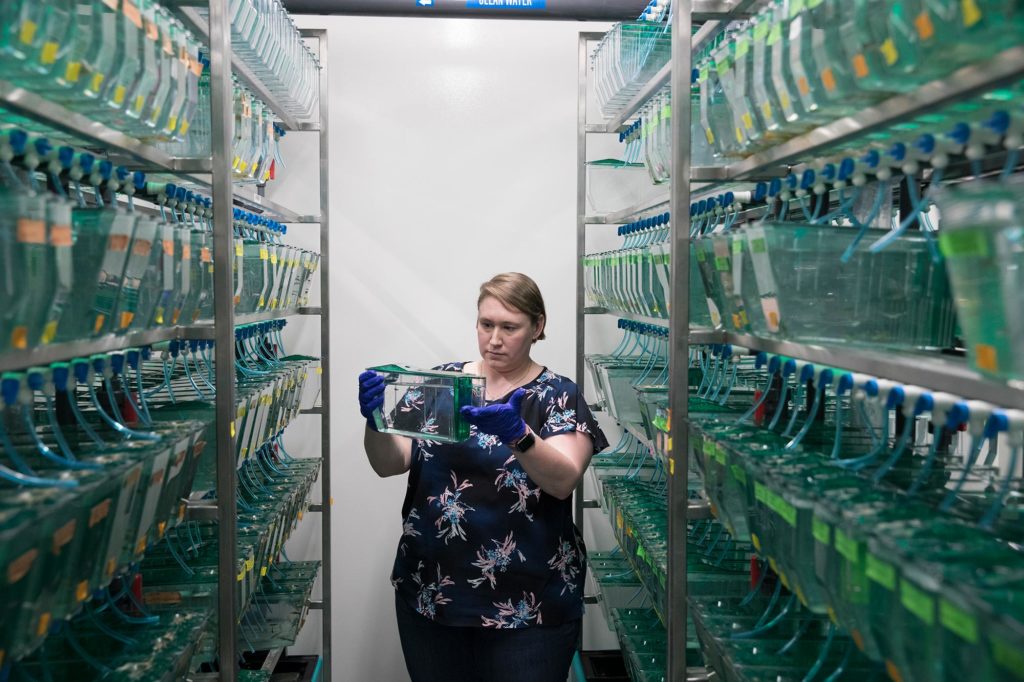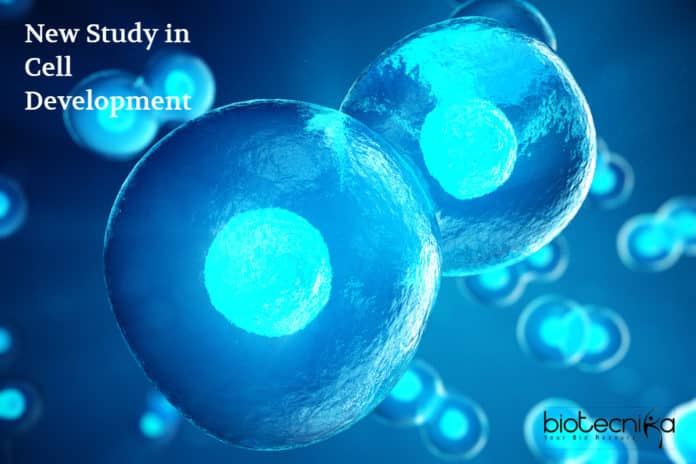New Study in Cell Development
During the lifetime of a body in various organisms, cells die. This phenomenon makes room for fresh new cells to divide and carry on vital functions. The dead cells must be cleared away, and debris removal is performed after the embryonic stage by cells of the immune system called macrophages.
However, organisms in the embryonic stage do not have macrophages and immune systems. That comes later, during further development of the organism.
So how are dead cells necessarily cleared away before the development of macrophages?
This is an old question long asked by developmental biologists.
Scientists at the University of Virginia have found the answer!
The researchers have discovered a process in which embryonic cells of the nervous system, called neural crest cells, conduct the dead cell removal task exceptionally early in the development of zebrafish.

Using the latest detailed imaging of the trunks of living zebrafish embryos, the scientists were able to see migratory neural crest cells functioning in a manner very similar to macrophages.
New Study in Cell Development- How Did it Happen?
The neural crest
cells eventually bring forth the peripheral nervous system and give rise to many kinds of tissue, including bone, pigment cells, cartilage, and fibrous connective tissue. These specialized cells seem to reach out to dead cells physically. Neural Crest Cells encircle them and then absorb the contained compounds. These include compounds such as amino acids, which are then used for new cell construction.Sarah Kucenas, a UVA professor of biology, cell biology, and neuroscience, said that it is exciting and unexpected. In the New Study in Cell Development, the scientists found that the neural crest cells are using the same mechanism of cell debris clearance that macrophages will later use when they take over this critical role of clearing the dead cells. The neural crest cells have the unique ability to move rapidly across the body plan. Therefore they serve the function of dead cell clearance until specialized cells; the macrophages start functioning.
Yunlu Zhu, one of Kucenas’ graduate students, made this discovery. Yunlu Zhu has recently completed a Ph.D. degree.
Praising Yunlu Zhu Kucenas added that being an observant and creative scientist, Yunlu noticed, and then began studying, a cell behavior that had never been seen before. She said that neural crest cells had been studied for more than 150 years.
Kucenas describes the process of embryonic development, and cell debris clearing, as being somewhat like the construction of a building. Scaffolding is needed to build the actual embryo, but the scaffolding – the no-longer-needed construction aid – can later be removed and used then for new construction.
Kucenas said she plans, to stop the neural crest cells from feeding the dead cells. She would do this to see what the physiological effects would be. This could provide new insights into developmental disorders. This may also include those that affect the nervous system. This may be because debris-clearing may be done inefficiently or at the wrong time, leading to a particular dysfunction.
The study- New Study in Cell Development- was funded by the National Institutes of Health and the UVA Brain Institute.






























